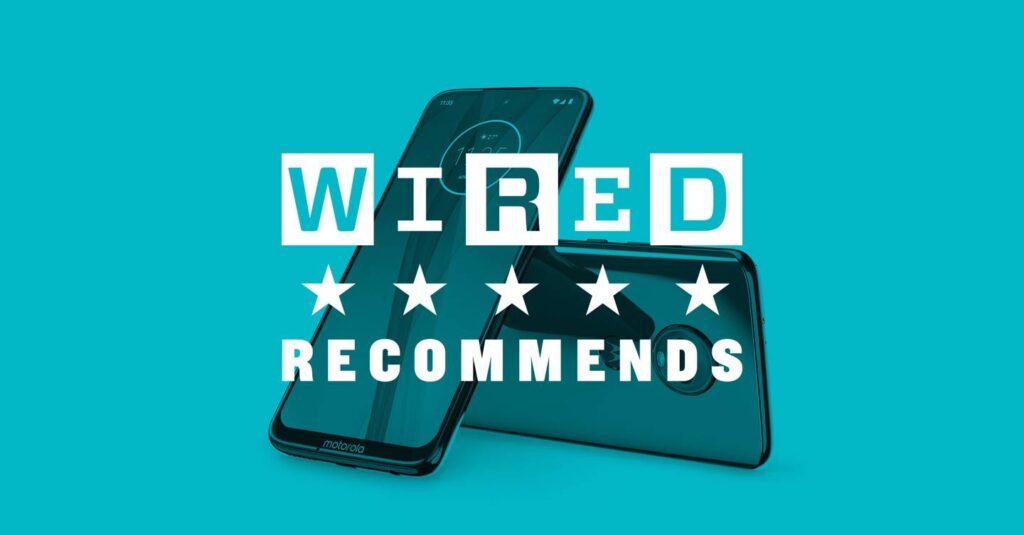
The best budget smartphone and cheap phones in 2021
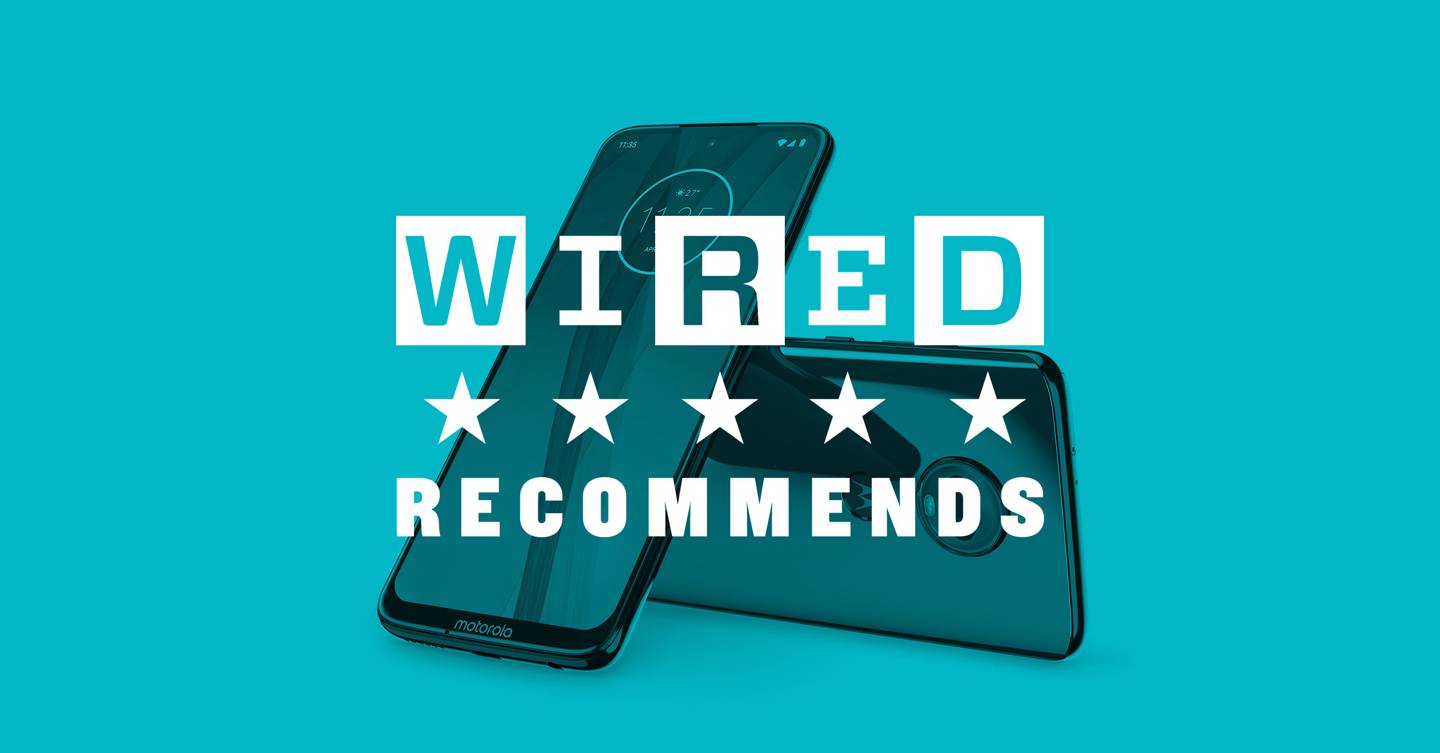
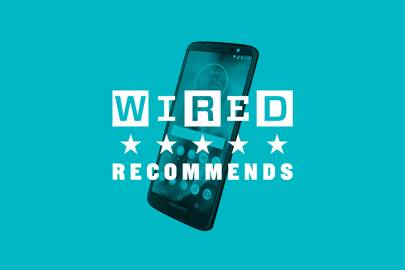

It is a great time to spend less on your next phone. Six weeks living with a dozen of the most popular affordable Androids has shown us that. And lower cost is not the only benefit.
There’s less pressure to make cheaper Androids as slim and glamorous as possible. An extra millimetre of thickness allows for a much larger battery, and phones that last for two days of real use. Many £250 phones outlast those four times the price.
More benefits of the £1,000 Androids have dripped down to the sub-£300 models too. A few of the best budget models can take genuinely good low-light photos. Stretch the budget to £300 and you can even get 5G mobile internet, and fast charging is now the norm.
So what do you still miss? There’s no affordable Android with a truly killer zoom camera, wireless charging is a rarity and more sub-£300 phones than ever have stepped back to using plastic throughout, apart from the sheet of glass in front of the screen.
Quad camera arrays in cheap Androids are less exciting than they look too. Two usually have very low-end hardware. These do not seem like drastic cuts given the money saved, though. Intrigued what paying more gets you? Check out our best camera phones of 2020, as tested by a pro photographer.
What are the best cheap phones in 2021?
WIRED Recommends the Realme X50 5G (£279), if the budget can stretch to near £300. Its 5G mobile internet, 120Hz screen, fast processor and superior camera are worth the extra.
View the Realme X50 5G for £279 on Amazon
“Buy a Motorola Moto G” is the standard advice for people looking for a reliable, affordable Android and, even if it’s not the top buy of the moment, it still stands in 2020. The Motorola Moto G8 Power (£160) is a top recommendation, thanks to its good performance, handy 2x zoom camera and long battery life.
View the Motorola Moto G8 Power for £160 on Amazon
The Samsung Galaxy M31 (£245) is an excellent choice if a big battery matters most. Its affordable phones rarely top best-of lists, but this one is different. It has a great OLED screen too, the only one in our budget picks.
View the Samsung Galaxy M31 for £245 on Amazon
WIRED Recommends is your definitive guide to the best technology. Head to our best gadgets guide for our top picks in every category we’ve tested.
Realme X50 5G
WIRED Recommends: A machine with smart technology that does the thinking for you
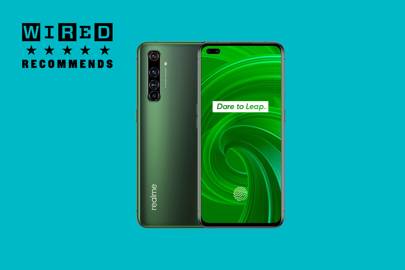

Screen: 6.57-inch 2400 x 1080 | Processor: Snapdragon 765G | Battery: 4200mAh | Camera: 48MP/8MP wide/2MP depth/2MP macro | OS: Android 10/RealmeUI | Weight: 194g | Charging: 30W fast charging
You likely have never seriously considered a Realme phone before. That changes today. The Realme X50 5G (£279) is the best-value phone you can buy for under £300. It’s at the outer limits of what we can call “budget”, but justifies every penny. And its spotlight-stealing 5G mobile internet, usually only found in much more expensive phones, is just the start.
This phone has a silky 120Hz display. Android’s menu screens scroll by with uncanny smoothness, making this feel slicker and quicker than any other phone near the price.
It’s not all an illusion of performance either. The Realme X50 5G has a Snapdragon 765G processor, which gets close to the real-world results of a flagship phone at a fraction of the cost, despite having much less raw power than a true top-end chipset.
The “G” part of that Snapdragon 765G’s name means it has been clocked for gaming. Android’s most demanding titles, like ARK: Survival Evolved, run much better on the Realme X50 5G than any other phone in this list. It’s the only phone here that makes Fortnite sing.
Look as hard as you like, there are no real catches to this golden Android deal. Its battery life is rock-solid, the side finger scanner is extremely quick, the primary front and rear cameras are among the best you can get below £300 and have a useful Night mode.
Even the construction is better than the obvious £250-300 alternatives. The Realme X50 5G’s back is Gorilla Glass, not plastic. It’s a key benefit over the Moto G8 Plus 5G, the other sub-£300 5G phone.
The speaker is capable too, although it’s a mono driver, not the more desirable stereo pair.
If the X50 5G doesn’t score the Realme brand a stack of new fans, nothing will. There’s just one part we’d change. The Realme X50 5G does not have a headphone jack. Most of our favourite cheap phones do.
Pros: 5G; great screen; solid main camera; good battery life; powerful processor
Cons: Battery not the best
Price: £279 | Check price on Amazon | Laptops Direct
Samsung Galaxy M31
Best for long battery life
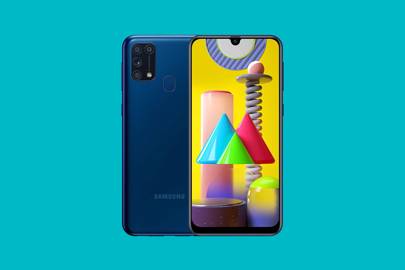

Screen: 6.4-inch 2340 x 1080 | Processor: Exynos 9611 | Battery: 6000mAh | Camera: 64MP/8MP wide/5MP depth/5MP macro | OS: Android 10/One UI | Weight: 191g | Charging: 15W fast charging
The Samsung Galaxy M31 (£245) is the easiest-to-recommend budget Samsung phone in years. And, for a while, it looked like it might not come to the UK, having made its debut in India.
This phone nails two elements, the battery and the display. A 6000mAh cell seems unfeasibly large given the Samsung Galaxy M31 does not immediately seem drastically bigger than any other phone here. It should last the enthusiasts a solid day and a half, and plenty of folks a full two days.
Using a battery drainer app to max-out the GPU, CPU and screen brightness, it lost 34% in two hours, compared to 48% for the Oppo A9 2020. And that phone is already known for its excellent battery life. The TCL 10L, whose battery life is perfectly acceptable, lost a whopping 70%. The Galaxy M31 outlasts every £1000-plus Samsung phone. It’s the main reason we love it.
It’s not the only reason, though. It also benefits from one of Samsung’s in-house OLED displays. This is a 6.4-inch Full HD OLED screen, with punchier-looking colour and richer contrast than any other phone in this round-up. You may not get a trendy ultra-high refresh rate, but contrast and colour matter more when watching movies. That OLED pop is an instant eye-charmer, even though it does not support HDR or a wide colour gamut.
Those are the highlights: battery life and OLED’s display character. You might expect the 64-megapixel main camera would be a smash too, but it lands in the middle of the pack.
It performs just fine in the day, but low-light images are only acceptable. The Night mode brightens them up, but images are softer than those of the Realme X50 5G’s. That the Moto G8 Power’s zoomed shots are more detailed shows there’s really no use for all those megapixels too.
On the other hand, the Samsung Galaxy M31 does have one of the best selfie cameras. It’s up there with the Realme X50 5G, providing good low-light detail and dynamic range.
There’s no real camera disappointment here if you don’t get hyped up by the numbers. The phone runs well, its Exynos 9611 has power similar to the Snapdragon 665 used by many rivals. The number one takeaway: buy a Samsung Galaxy M31 for its battery life.
Pros: Bright OLED screen; superb battery life
Cons: No display HDR
Price: £245 | Check price on Amazon | Idealo |
Xiaomi Redmi Note 9
The best buy at £150
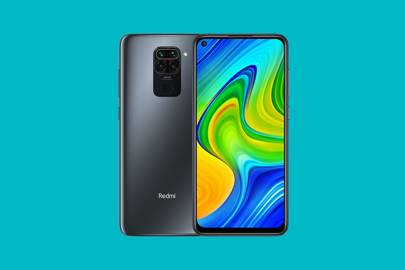

Screen: 6.53-inch 2340 x 1080 | Processor: MediaTek Helio G85 | Battery: 5020mAh | Camera: 48MP/8MP wide/2MP depth/2MP macro | OS: Android 10/MIUI | Weight: 199g | Charging: 18W fast charging
Xiaomi phones slot neatly into the space left by Huawei ones, now the latter no longer has near-essential Google services. Both are Chinese companies that make high quality phones at low prices.
The Xiaomi Redmi Note 9 (£129) is the obvious choice for those after a phone for under £200 that is not just for the basics. Its 6.53-inch screen is larger than some, and is paired with a large 5030mAh battery. You can stream a bunch of videos on this phone without worrying charge will run out before lights-out.
Its screen doesn’t quite match the Realme X50 Pro for specs, or the Samsung Galaxy M31 for contrast, but this is still a superb budget phone for Netflix on-the-go.
Until you get it in-hand and realise the shell is plastic, the Redmi Note 9 looks like it could easily cost £400. There’s a lovely sheen to its light-reactive finish that makes the Note 9 look more expensive than the Galaxy M31 or Moto G8 Power.
You get an unusual extra too. The Redmi Note 9 has an IR blaster, letting you use this phone as a universal remote. You won’t think you need it until you spend an hour looking for the TV remote.
The phone uses a MediaTek CPU, the Helio G85. MediaTek CPUs are less well regarded than the Snapdragon alternatives, but it gets by just fine. Fortnite will only run at the lowest graphics setting and the Moto G8 Power’s Snapdragon 665 runs the game at a more consistent frame rate, but the vast majority of games run just fine.
Its 48MP camera is a mid-table performer, with good results in the day but soft images at night.
Buy the Redmi Note 9 for its combination of a big battery and a big, quality screen. This gives you the confidence and comfort to read more articles, watch more video and play more games. Plus, the price is killer.
Pros: Very low price; very big screen; good battery life; has an IR blaster
Cons: Mid-table camera and CPU
Price: £129 | Check price on Amazon | Mi
Motorola Moto G8 Power
A great all-rounder
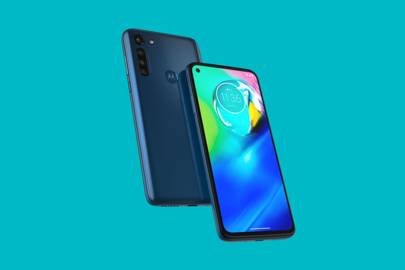

Screen: 6.4-inch 2300 x 1080 | Processor: Snapdragon 665 | Battery: 5000mAh | Camera: 16MP/8MP wide/8MP zoom/2MP macro | OS: Android 10/MIUI | Weight: 199g | Charging: 18W fast charging
Motorola’s Moto G series phones are usually at the top of the list of recommended affordable devices. That the Motorola Moto G8 Power (£160) isn’t shows how much competition there is in the budget market these days. Consistent quality at the right price is the phone’s main strength, as it has been in every Moto G phone since 2013.
You get a 6.4-inch Full HD LCD screen with a punch hole selfie camera. It’s not as bold as the Galaxy M31’s but is sharp enough, bright enough, and supports HDR.
A 5,000mAh battery means you don’t have to worry about the battery running dry before you go to bed, as you might with a Google Pixel 4a or Apple iPhone SE (2020). Like several phones in this best budget phone round-up, it’s a dream for those tired of nervously eyeing-up the battery level past 5pm.
The Moto G8 Power also has a Qualcomm Snapdragon 665 CPU, the kind that tends to get better app optimisation than the Exynos or MediaTek alternatives.
But what really stands out? The Moto G8 Power is one of the few budget phones to have a true zoom camera. It’s only a humble 2x zoom 8MP setup, but delivers sharper and more detailed images than any other phone in this list.
It is not one of the top performers at night, mostly because Motorola held back its rather good Night mode for the step-up Moto G8 Plus model. However, add in a solid 8-megapixel ultra-wide camera with lens distortion correction and the Moto justifies its multi-camera array more confidently than any other. Only the mediocre 2-megapixel macro camera seems like filler.
Not convinced by the zoom? The Moto G8 Power’s software is another reason to buy. This isn’t pure Android, the kind you’d find on the Pixel 4a, but has a similar clean and clear vibe. The Moto also has one of the best speaker arrays, with loud stereo drivers.
Pros: Has a real zoom camera, consistent quality throughout
Cons: Does not have a night photography mode
Price: £160 | Check price on Amazon | Motorola | Currys
Oppo A72
For those who prefer a side fingerprint scanner
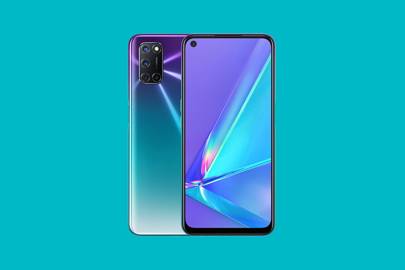

Screen: 6.5-inch 2400 x 1080 | Processor: Snapdragon 665 | Battery: 5000mAh | Camera: 48MP/8MP wide/2MP macro/2MP depth | OS: Android 10/Color OS | Weight: 192g | Charging: 18W fast charging
Few parts make the Oppo A72 (£200) stand out in this fierce crowd of competitors. But it does have a very good spread of features, and is the only sub-£250 phone here with a side fingerprint scanner. Don’t like rear ones? The Oppo A72 is for you.
The two other parts that make it a good choice are the combination of a large 5000mAh battery and a Snapdragon 665 processor. That processor handles GPU melters like Fortnite better than either the MediaTek or Samsung alternatives. This phone plays games well, without having to worry too much about the battery draining before bed.
At this price the main competition is the Moto G8 Power. Same battery capacity, processor. So which is better? It, as ever, is all about your priorities.
The Oppo A72 has an interface called Color OS. It’s fine, but those who want to get as close to a clean and plain Android feel as possible may prefer the Moto.
The Motorola also has a nifty 2x zoom camera, which is one of the only half-decent “third” cameras in this entire group. Their primary cameras are similar. The Moto sharpens more, the Oppo juices-up colours a little. But, at night, the Oppo takes the lead as, unlike the Moto G8 Power, it has a dedicated night mode.
Want more? Both have decent stereo speakers, but the Moto’s are louder. Still, the Oppo A72 has a larger screen so we’d pick it for Netflix movie streaming.
Picking a phone isn’t easy these days, however, if you’re looking to spend around £200 rather than closer to £300, the Oppo A72 and Moto G8 Power are two of our favourites.
Pros: Snapdragon performance, long battery life, stereo speakers
Cons: Color OS won’t be everyone’s favourite UI
Price: £200 | Check price on Amazon | Oppo | Currys
Motorola Moto G Pro
For digital note-taking on a budget
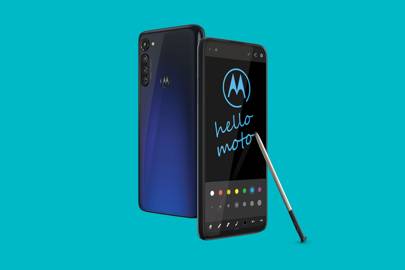

Screen: 6.4-inch 2300 x 1080 | Processor: Snapdragon 665 | Battery: 4000mAh | Camera: 48MP/16MP wide/2MP macro | OS: Android 10/Android One | Weight: 192g | Charging: 15W fast charging
There’s a solid argument Motorola has too many 2020 budget phones. In the Moto G line there’s the standard G8, the Plus, G 5G, Power, Play, Power Lite and Pro. It’s enough to give you a headache, especially when all are pretty good.
The Motorola Moto G Pro (£240) is an oddball stand-out. It gets a little too close to the more powerful, 5G-equipped Realme X50 5G to top this list. But there are some unusual extras packed in.
The Moto G8 Pro has a slot-in stylus like the Galaxy Note 20, and it can tell when the pen is removed, loading a note-taking and doodling overlay. This is just a basic capacitive stylus with a ball of gauze over the end. There’s no pressure sensitivity, so it’s little use for real digital art on-the-go. However, basic doodling is just fine and you can use it to handwrite in place of tap or swipe typing.
This phone also has an “action” video camera with super-powered stabilisation. It lets you take a widescreen video when holding the phone upright, although it’s for video only, not stills.
There are three other highlights: above average night photos, thanks to Moto’s Night Vision mode. And the Motorola Moto G Pro has the most powerful speakers in this test, with plenty of volume and stereo output. Great for games, great for movies.
The phone also runs Android One, meaning there’s no Motorola-made interface pasted on. Moto’s G Power lasts longer between charges and the Realme is a better phone, all considered, but this one has some unusual features.
Pros: Has a stylus and an unusual action cam
Cons: Stylus is basic, battery smaller than cheaper Moto
Price: £290 | Check price on Amazon | Motorola | John Lewis
TCL 10 Lite
An affordable route to Snapdragon performance
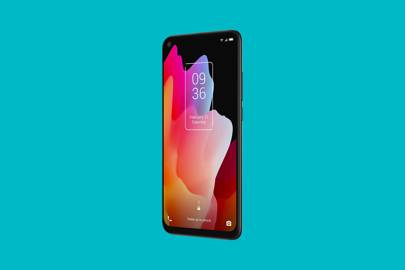

Screen: 6.53-inch 2340 x 1080 | Processor: Snapdragon 665 | Battery: 4000mAh | Camera: 48MP/8MP wide/2MP depth/2MP macro | OS: Android 10/TCL UI | Weight: 180g | Charging: 10W
The TCL 10 Lite (£150) surprised us. This company may have made the last few generations of BlackBerrys, but we’re still impressed by its first-try efforts with the TCL name up front, the TCL 10 Pro and 10 Lite .
It tends to sell for £169 online, but has been sold for as little as £149. It’s a great deal at the lower price.
Some early reports talked of patchy performance, but TCL seems to have fixed these. The TCL 10 Lite looks and feels much like the phones that sell for £50 more from the better-known names.
Its Snapdragon 665 CPU is used by many rivals, and the Full HD screen shows no signs of the mild pixelation often present in £170-200 mobiles. It even supports HDR, and is only slightly less bright than the best-in-class models.
The camera hardware is on-par with the competition too, with a 48-megapixel wide, 8-megapixel ultra-wide and two low-res cameras for portrait and blur that add little. TCL’s handling of dynamic can leave the foreground looking a little glum.
Camera image processing has to balance reducing noise with retaining detail, and the TCL 10 Lite is all about that detail. This leads to some noisy night images too, though, ones without the boosting of clarity you see from Samsung and Realme.
We were not instant fans of the TCL 10 Lite’s raised horizontal camera housing and the glass and metal look is just for show. Both sides and rear are plastic.
However, it does include a case that smoothes-out those lines and the simple truth is the TCL 10 Lite offers a stellar amount of hardware per pound. More than Motorola, Samsung or even Honor. It can go head-to-head with phones at £100 more happily, and that is a great result at £150.
Pros: Solid performance; low price; good screen
Cons: Lower-tier camera processing
Price: £150 | Check price on Argos | Amazon
If you found this guide useful, read our best smartphone guide for our ultimate picks in every category.